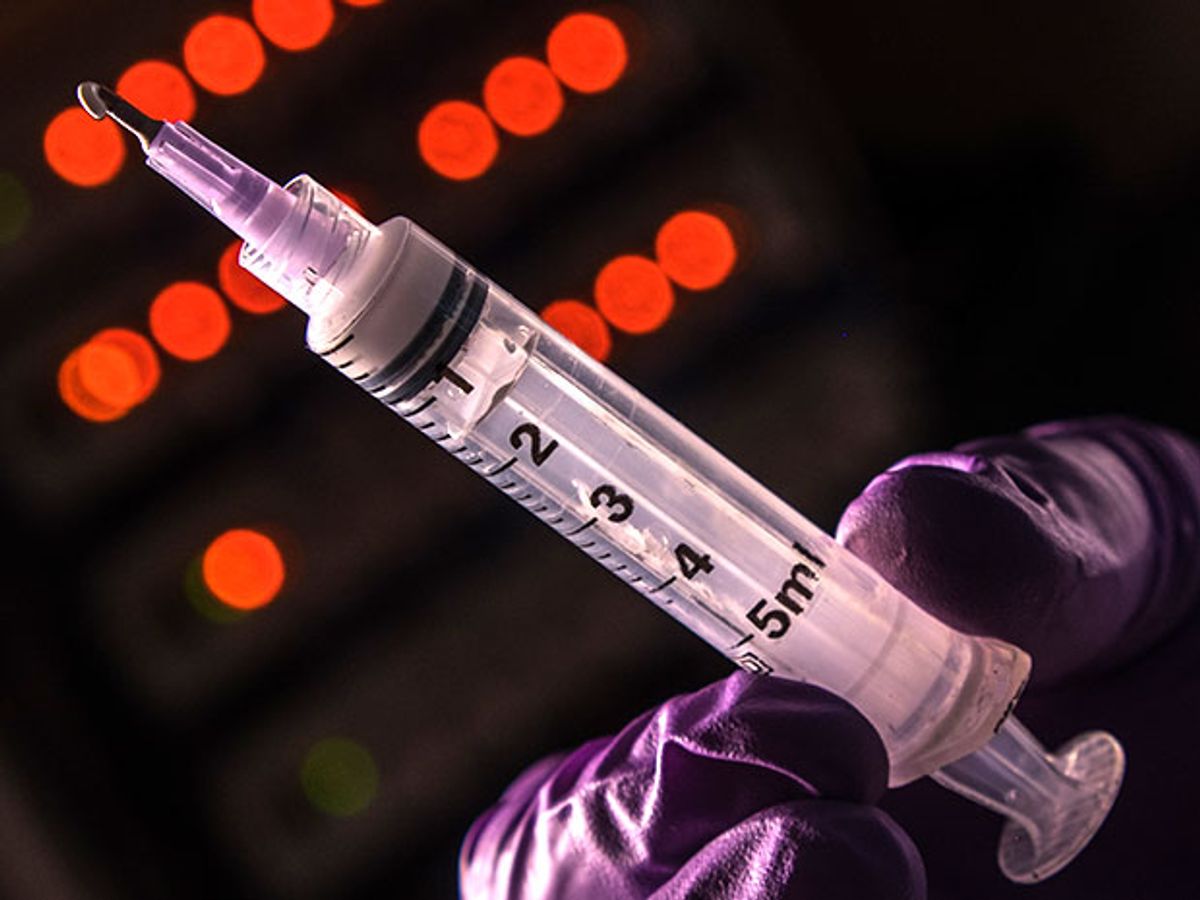While this blog has devoted a fair amount of attention to the use of nanomaterials to improve the charge capacity of electrodes in Li-ion batteries, mentions of research into the use of nanomaterials for electrolytes and separators has been more scarce on these pages. Nonetheless, a lot of research is going on with the aim of improving the thermal stability of Li-ion batteries’ electrolytes and separators.
Now, researchers at Rice University are combining their work on improving the thermal stability of electrolytes with research into separators made from a new material: hexagonal boron nitride. In research described in the journal Advanced Energy Materials, the researchers were able to produce a Li-ion battery that operated for more than a month at temperatures as high as 150 degrees Celsius (302 °F) with very little loss of efficiency.
In experiments leading up to the use of hexagonal boron nitride—sometimes referred to as “white graphene”—the Rice team had been using electrolyte solutions featuring ionic liquids. These chemicals are basically special salts that have very low melting points, so they are liquid at room temperatures, and are completely non-flammable. What’s more, they do not evaporate at all until they decompose, which occurs beyond 350 °C. Because of their high thermal stability, the salts have been proposed as substitutes for organic solvents in the electrolytes of Li-ion batteries.
“We basically thought that since these ionic liquids are so stable, we can actually use them to make batteries that are not only safer, but that can also operate at much higher temperatures,” explained Marco Rodrigues, lead author of the Rice University paper, in an e-mail interview with IEEE Spectrum. Rodrigues adds that, “We still had to deal with problems with the separator and that’s exactly where the hexagonal boron nitride comes in.”
The toothpaste-like compound takes the place of conventional plastic or polymer separators meant to provide a barrier between electrodes so that dendritic growths don’t shorten the battery’s life or cause a short circuit that could start a fire. Hexagonal boron nitride’s heat resistance made it an ideal replacement for membranes that shrink or melt at high temperatures.
“We observed that not only does this mixture make batteries perform really well from room temperature up to 150 degrees Celsius,” says Rodrigues, “but also that the addition of hexagonal boron nitride makes the electrolyte more stable towards oxidation.”
The upshot: The electrolyte could be used in combination with cathode materials that allow the batteries to work at higher voltages, thus increasing the energy density.
“The bottom line here is that the hexagonal boron nitride not only performed extremely well as a thermally and chemically stable holding medium for the ionic liquid, but it also improved its properties in an unexpected way,” said Rodrigues.
The Rice team is currently working on improving the battery cells in such a way that they can achieve maximum power at even lower temperatures.
Rodrigues added: “We ultimately aim to develop systems that can safely and consistently operate from subzero up to very high temperatures, which would provide an universal solution for energy storage regardless of environmental conditions.”
Dexter Johnson is a contributing editor at IEEE Spectrum, with a focus on nanotechnology.



